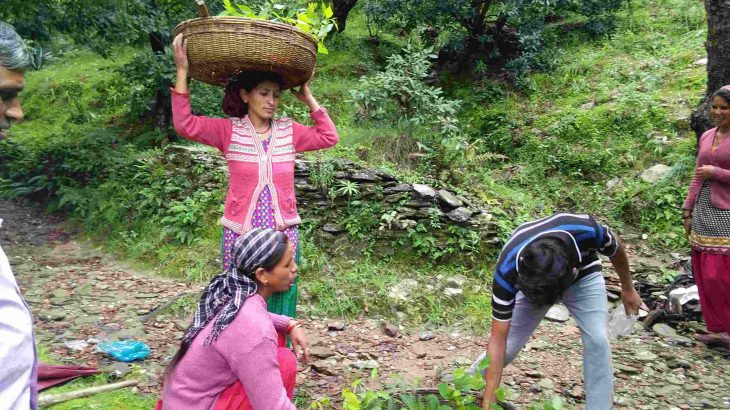Climate change crisis has reached its heights where officially it is being changed into something called “climate emergency”. Innumerable organisations have started various initiatives to control this menace. But what needs to be given primary attention while addressing the climate crisis is – engagement and involvement of local communities.
It has been proven that the state of poverty has a direct correlation with the rate of climate risks. The more is the poverty, the more is a community susceptible to climate disasters. Despite having contributed the least to global warming by traditionally leading ‘low carbon’ ways of life, indigenous peoples and local communities are disproportionately vulnerable to climate change due to various reasons – the ecosystems that they live in are prone to climate change disasters, they are heavily dependent on natural resources for their everyday lives and are amongst the most marginalized people globally. Compounding these vulnerabilities, programs being implemented by non-indigenous people can adversely affect the livelihoods of these communities along with undermining their customary rights to lands and natural resources
Social inclusion is the core element of sustainable development however, often climate mitigation programs try to reduce risks without having much understanding of grassroots situations. No doubts we need opinions of all the stakeholders to holistically solve problems related to our planet, but local communities need to be given their due importance. They are the true owners of nature and play a fundamental role in the conservation of biological diversity and the protection of forests and other natural resources; their traditional knowledge on climate variability can also enrich substantively scientific knowledge and adaptation activities of others.
The process of engaging communities and utilizing their capacities starts with understanding and identifying management priorities, strengths of local communities, feasible activities for the community and identifying the cost-benefit scenario. Many studies show that the optimal formula for successful forest conservation is joint control and management by government and local people. In fact, many communities are most often self-sufficient in remarkably managing their landscapes. Recent studies of indigenous forest management systems have shown that they can retain 50-80% of the biodiversity found in neighbouring natural forest ecosystems (Lawrence et al. 1998, cited by Poffenberger 2000). Such examples notwithstanding, traditional management systems have often been sustained in the past not by ecological considerations but by low population pressures, geographic isolation and a lack of modern technology and machinery. In the current scenario, communities often need to strengthen their organizational capacity in order to reclaim responsibilities for managing and conserving forest genetic resources and external organisations provide an important measure in the community mobilization.
With respect to forests and trees, there is an urgent need to teach local communities how to do growth studies and tree inventories so that later they can monitor the forest themselves. Engagement will eventually lead to the empowerment of communities – especially women, who play a major role in the activities related to forest management in South-East Asian countries.

very nice blog, I like it personally I am also with you